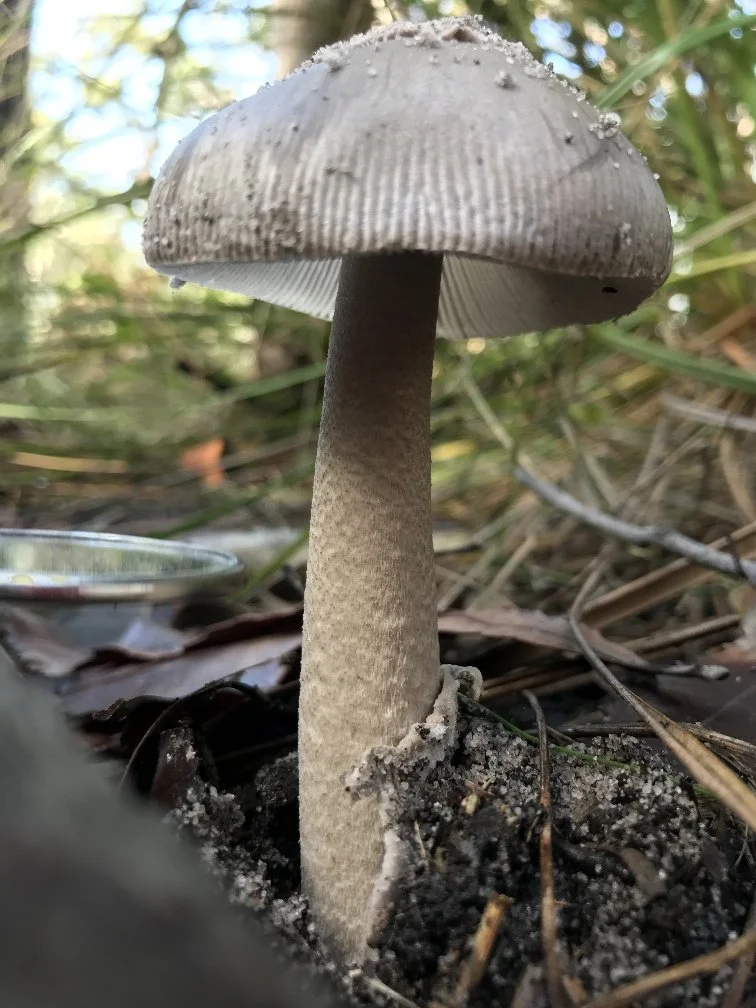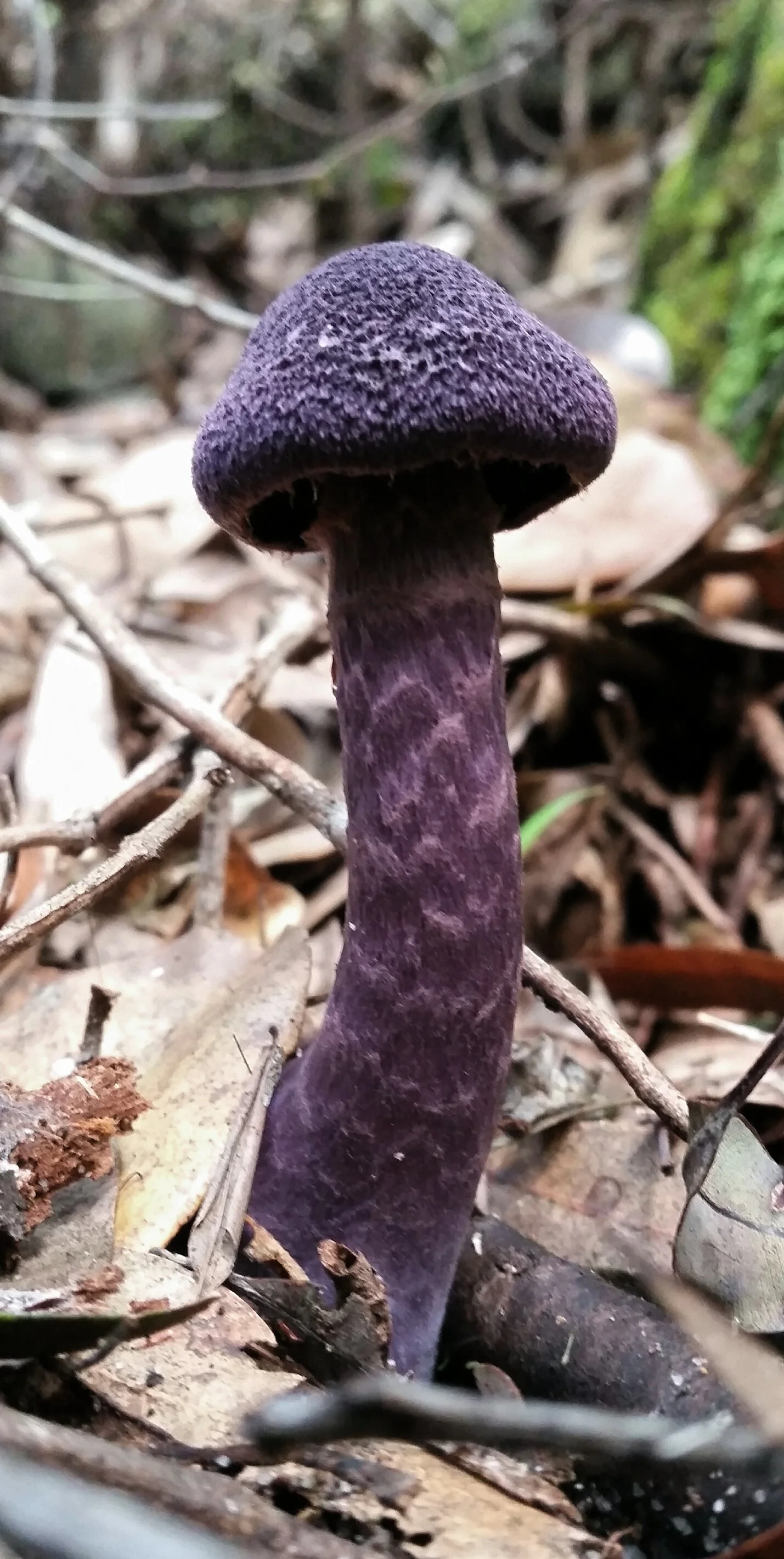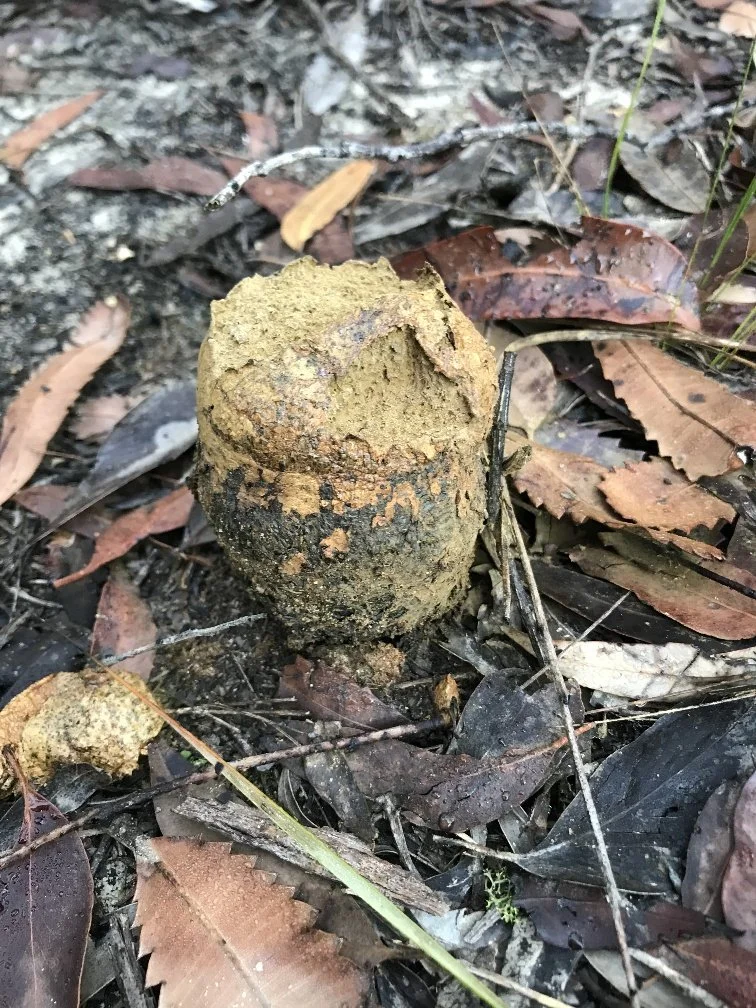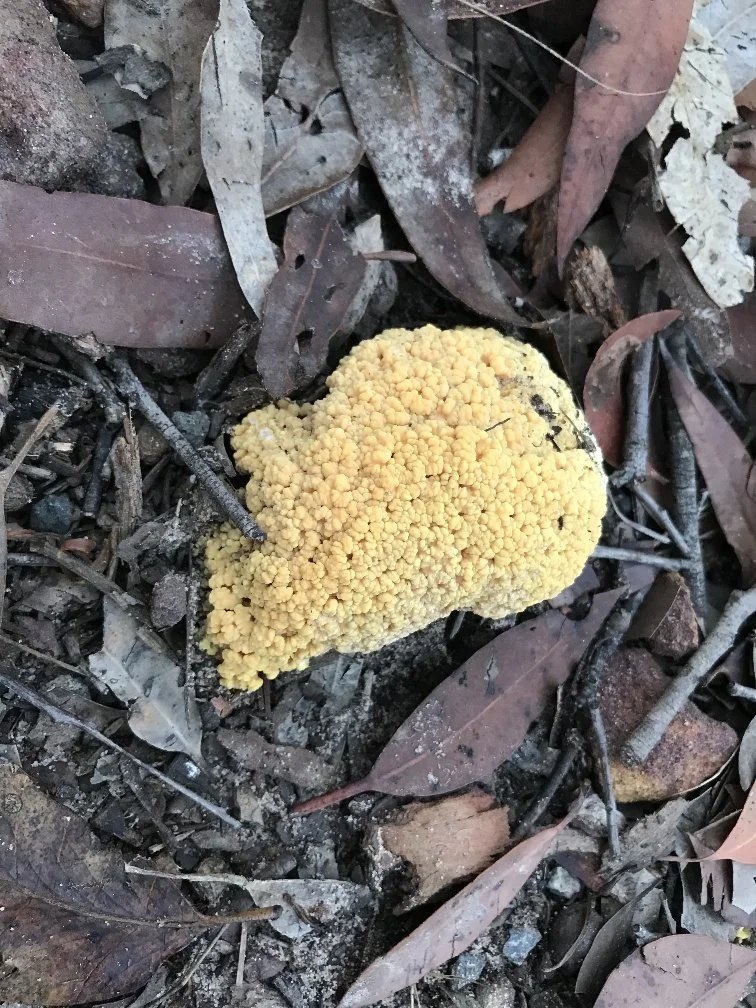Fabulous Fungi
Fungi in recent years in Australia has been viewed by many as a sign of disease or problems in the environment. Quite the contrary. Fungi are essential decomposers of the world, breaking down organic matter into minerals that can be taken up by plants and microbes. Fungi is also an important food source for some invertebrates and at least 30 species of Australian mammals have been found to eat fungal fruiting bodies.
Presence of healthy fungal communities also increases the capacity of soils to store carbon and retain water.
Mycorrhizal fungi even have symbiotic relationships with plants and trees. Botanists recently have found that 80 to 90 percent of all land plants depend on their mychorrhizal relationship with fungi.
The mushrooms we see are the "fruiting body" or the spore baring part of the fungus. The main body of the fungus is called Mycelium which is not often seen as it forms network like structures below ground. Hyphae of mycorrhizal fungi, which are the branching filaments of the mycelium, in some cases actually intertwine with the cells of the plants that they form relationships with. From there the swapping of minerals from the mycelium and sugars from the plants occur.
Video: Trees talk and share resources right under our feet, using a fungal network nicknamed the Wood Wide Web.
Recent studies have shown that through these mycelium networks the trees actually communicate with each other and help each other out. It is thought that the older the tree is, the more knowledge and nutrients it has to pass on the younger trees. Hence the importance of old growth forests.
Manly Dam is home to a diverse range of fascinating and important fungi species.
Local experts, Kerry and Trevor Millechamp, and citizen scientists have identified at least 36 species of fungi.
Feature Fungi
Ghost Fungi
Species: Omphalotus nidiformis
Image: © Kerry and Trevor Millichamp
The Ghost Fungi is a gilled mushroom most notable for its beautiful bioluminescent properties. The fan or funnel shaped fruit bodies are up to 30 cm (12 in) across, with cream-coloured caps overlain with shades of orange, brown, purple, or bluish-black. Its fruit bodies are generally found growing in overlapping clusters on a wide variety of dead or dying trees. It is poisonous and not for eating.
This is just one of at least 36 fungal species found in Manly Dam.
Fungal Species at Manly Dam
Images: © Kerry and Trevor Millichamp




























